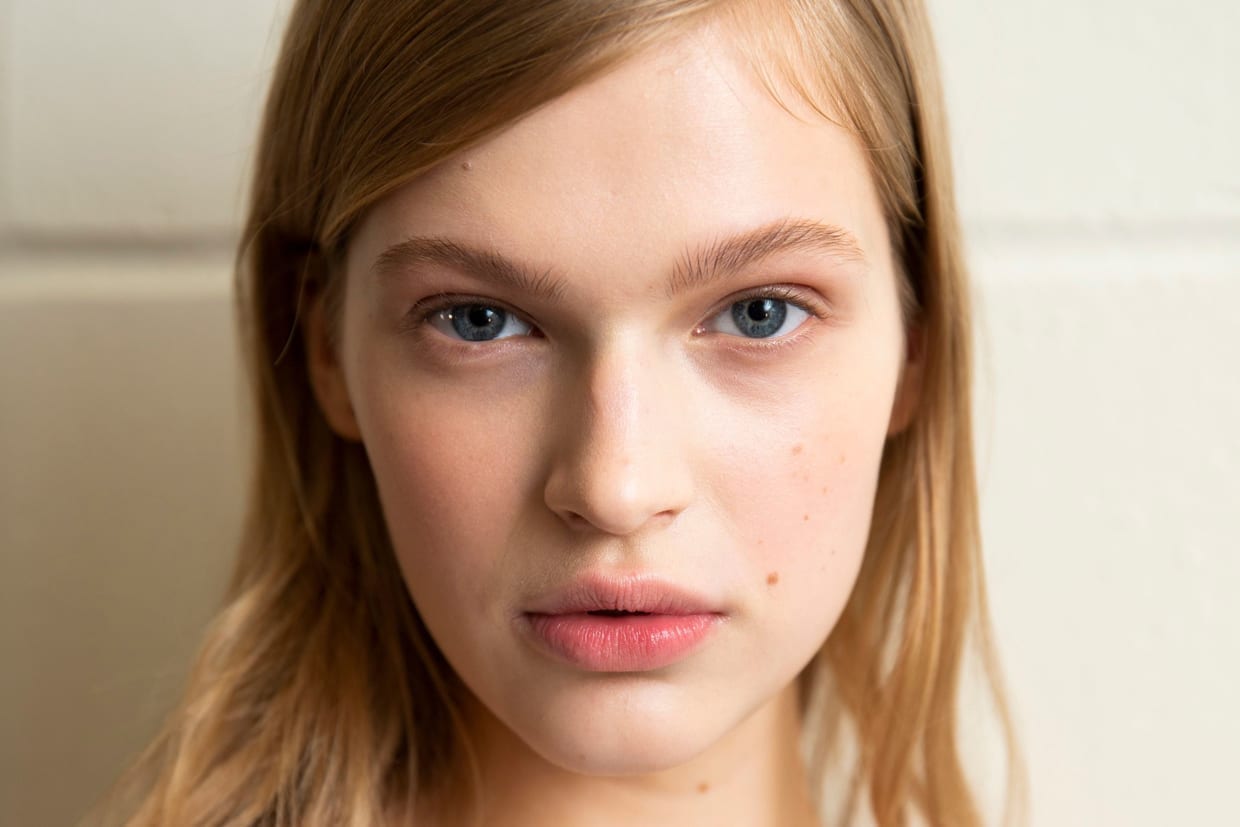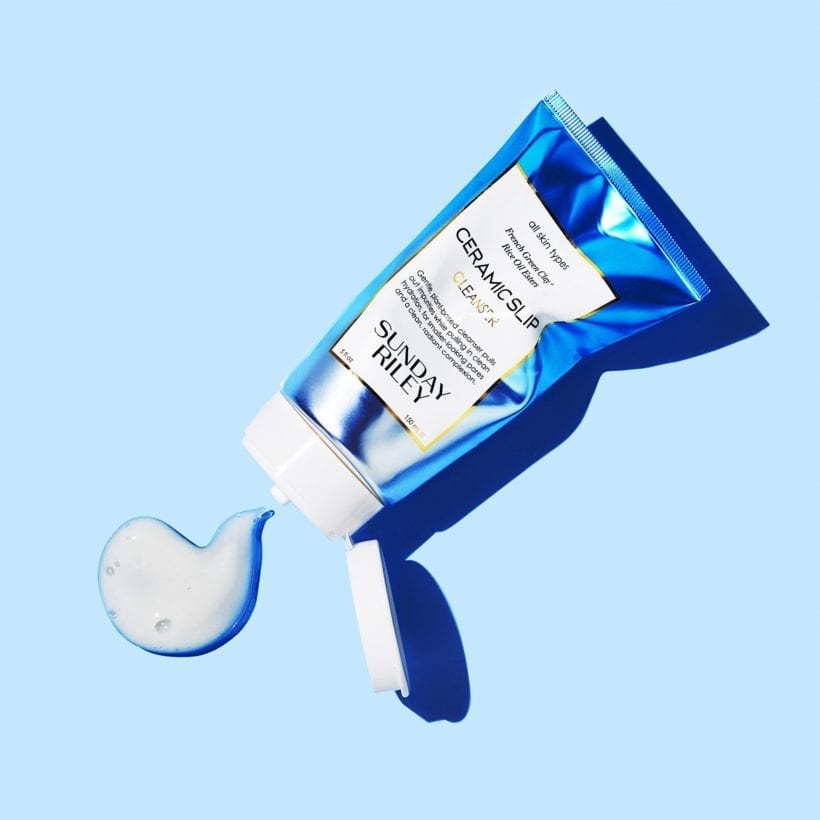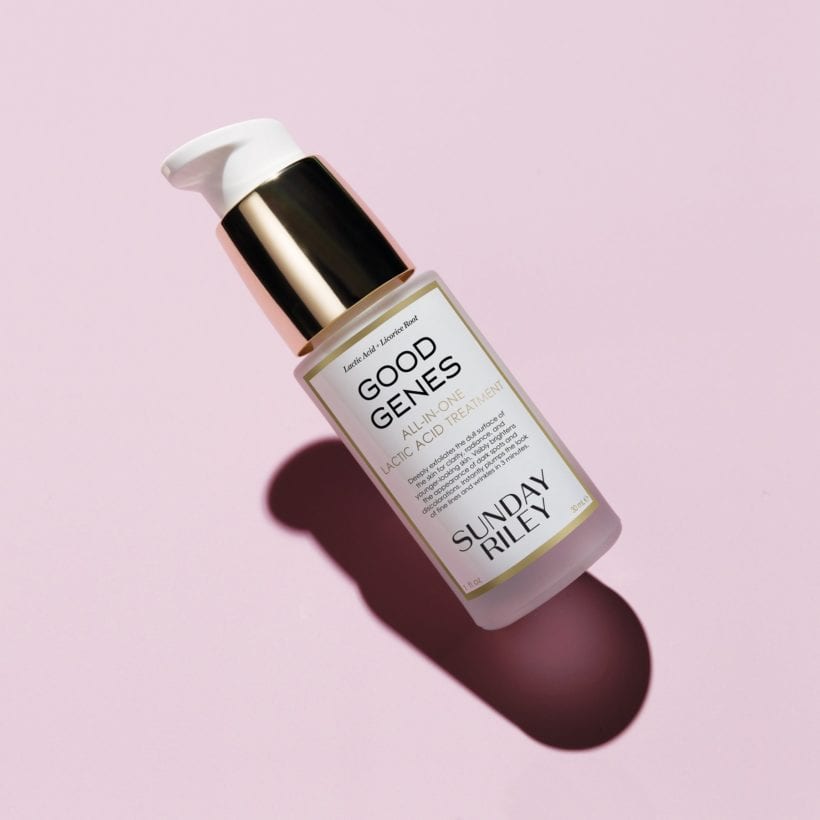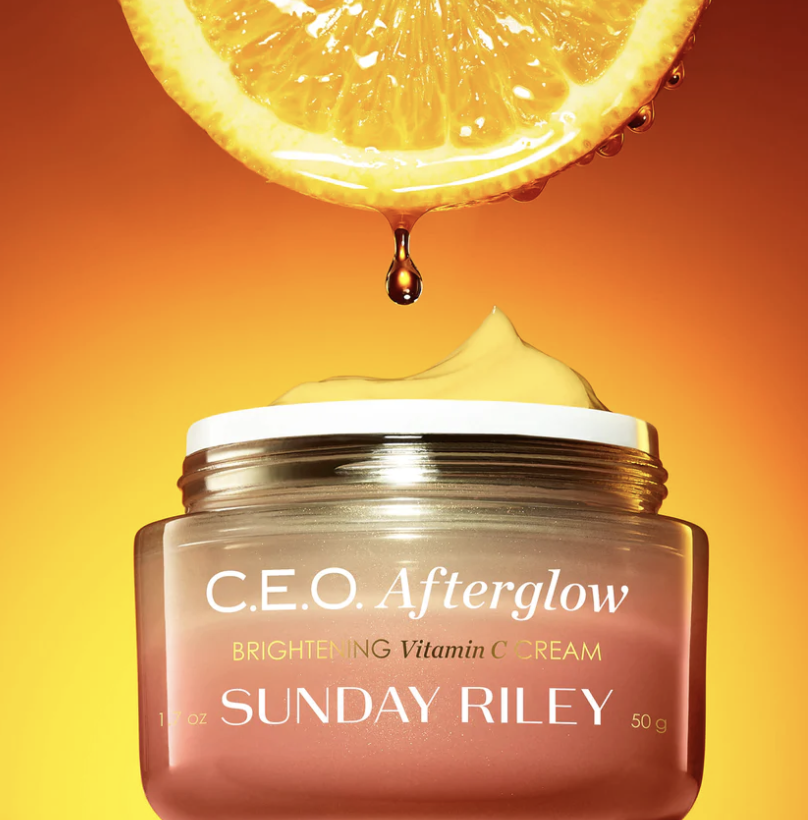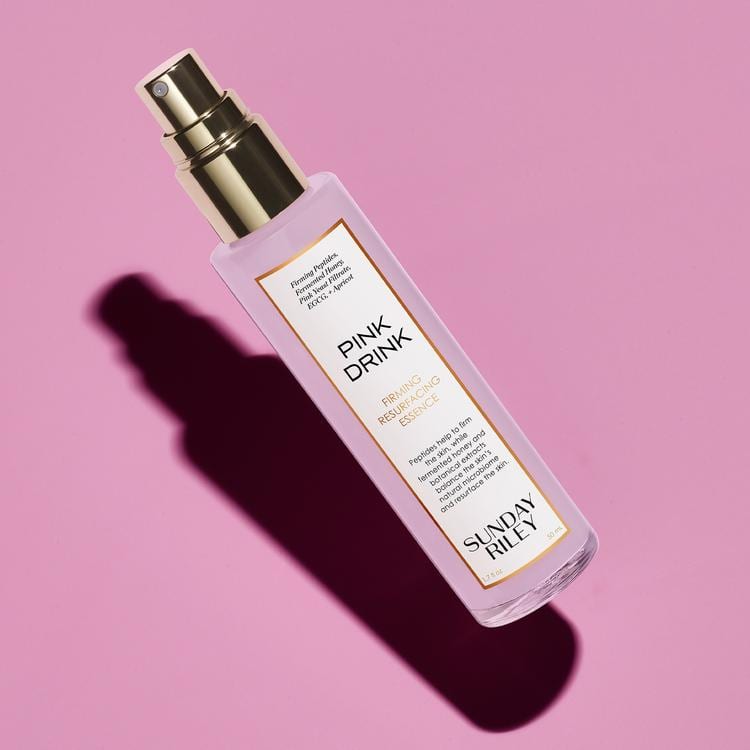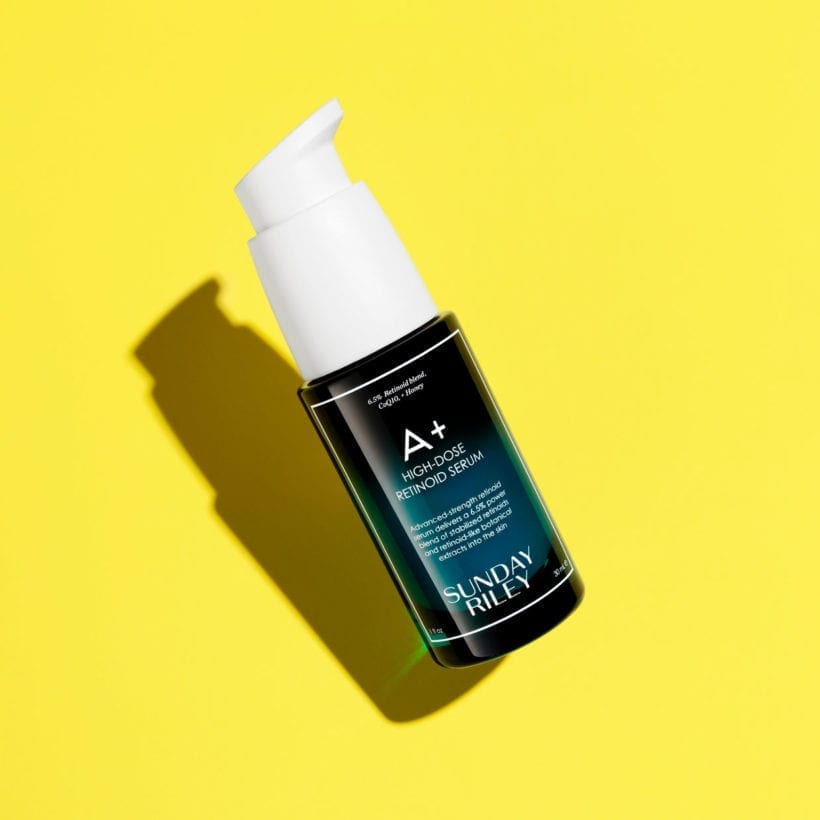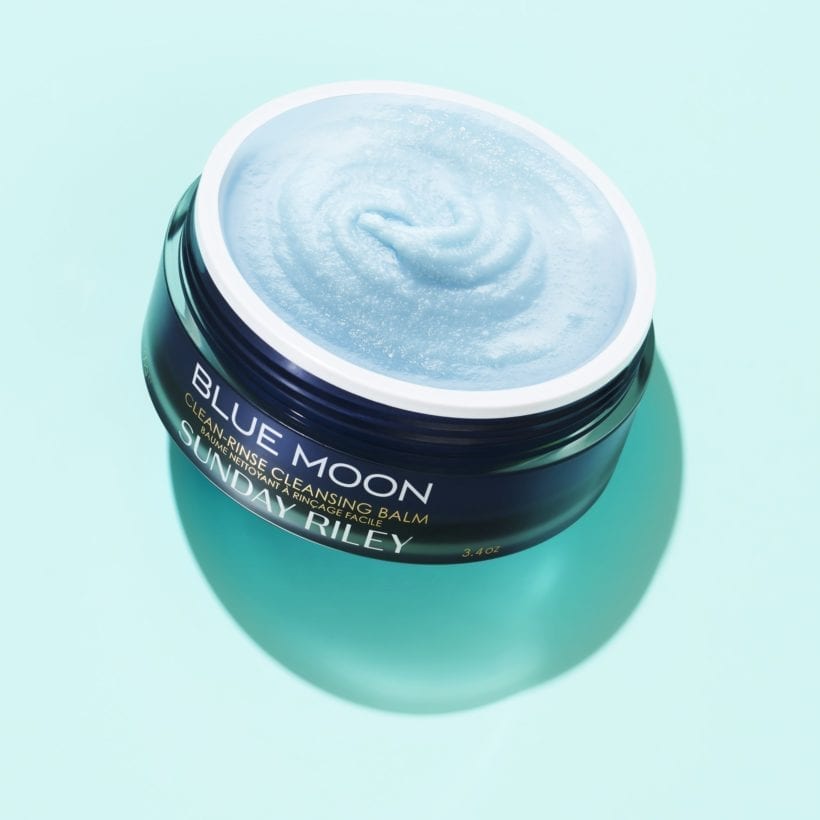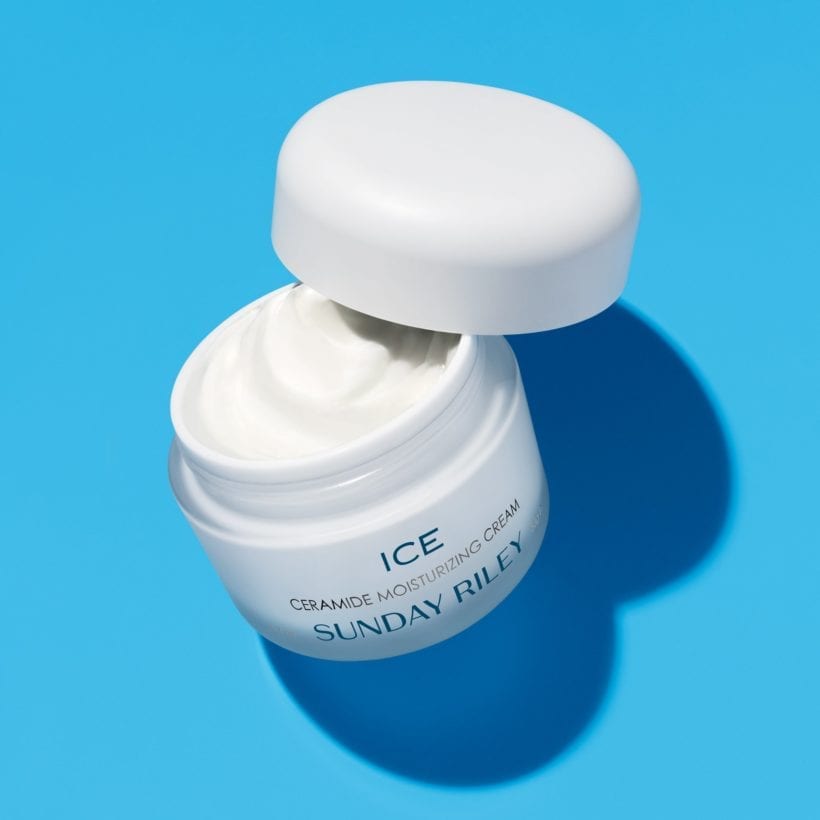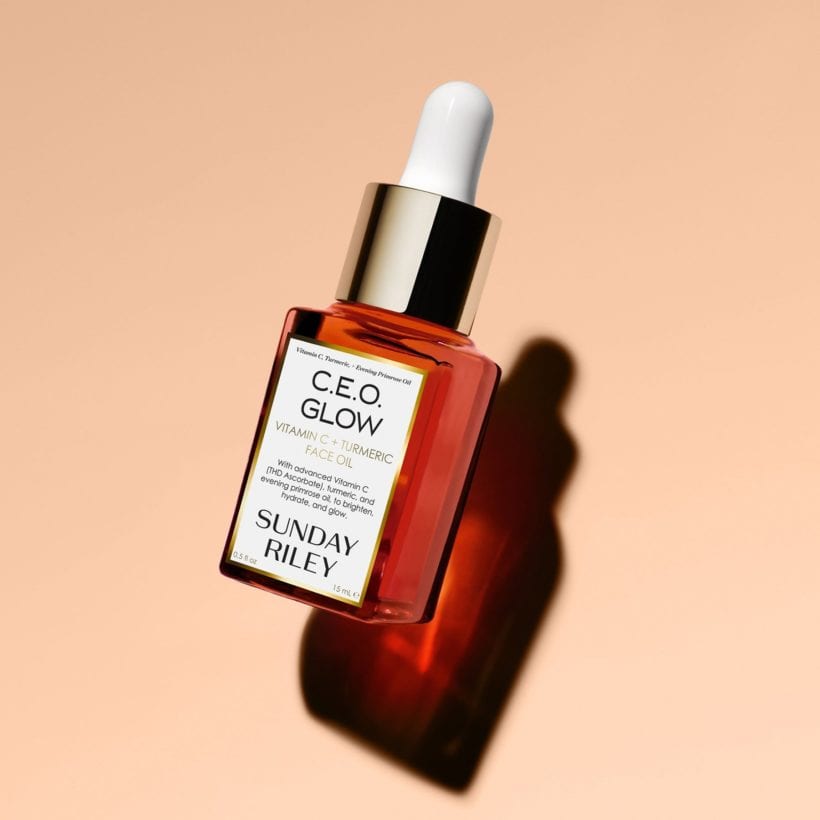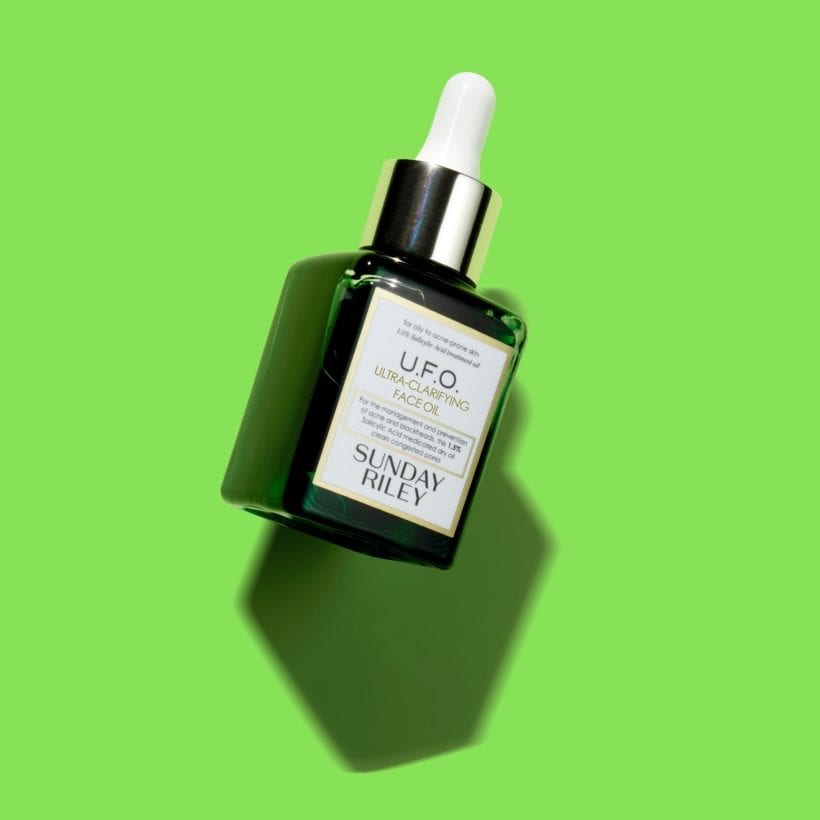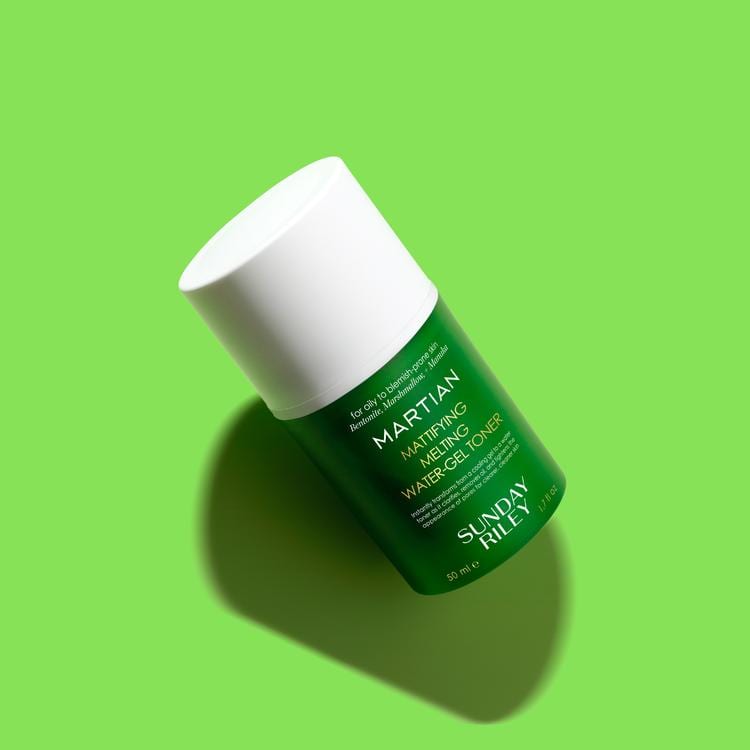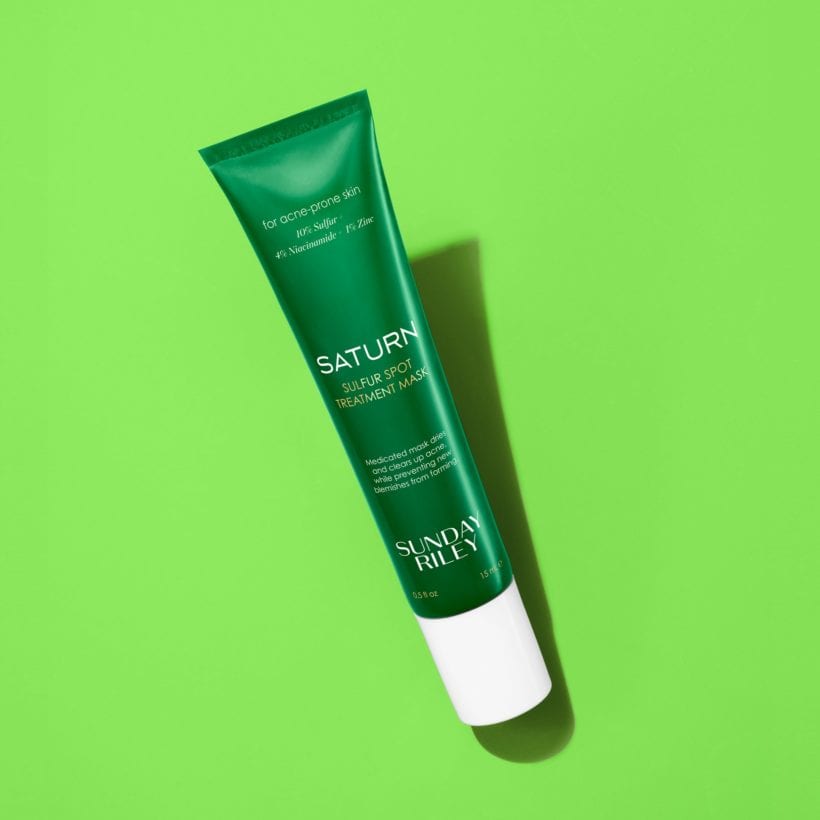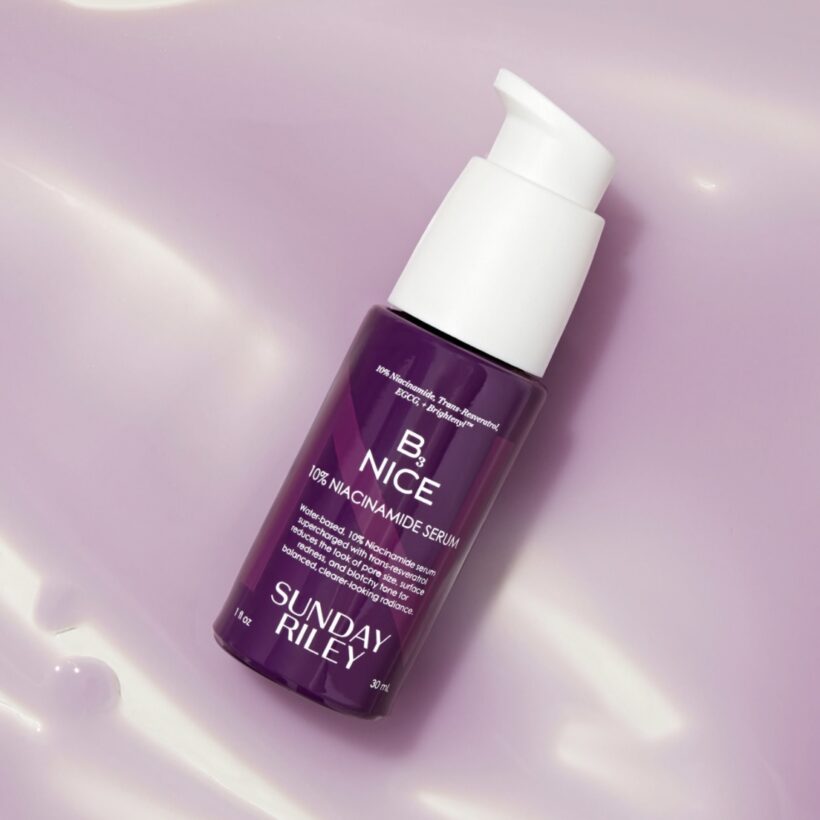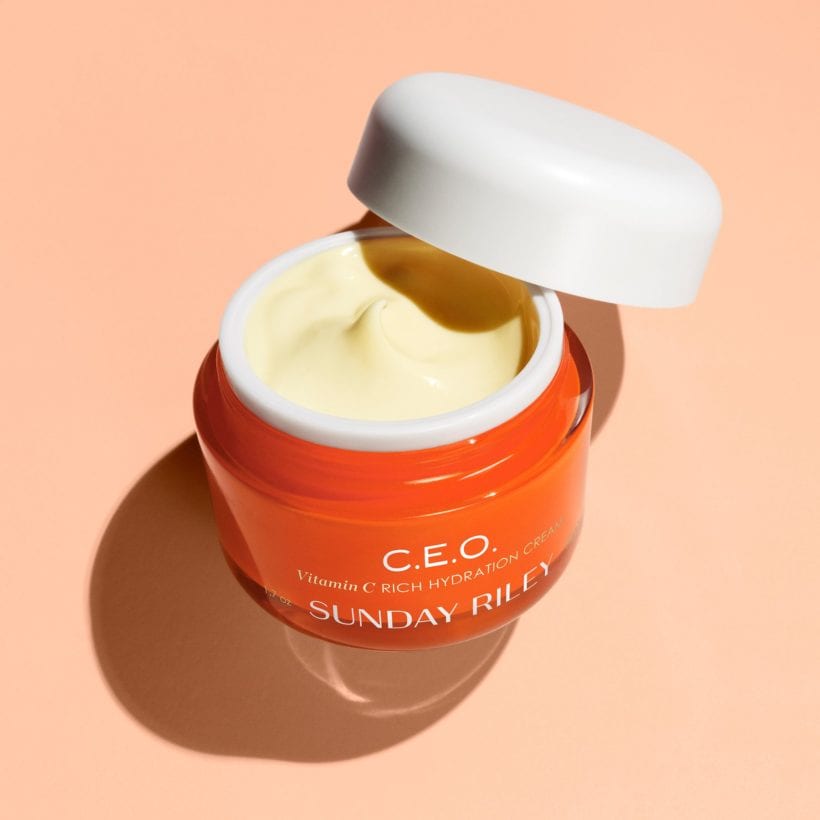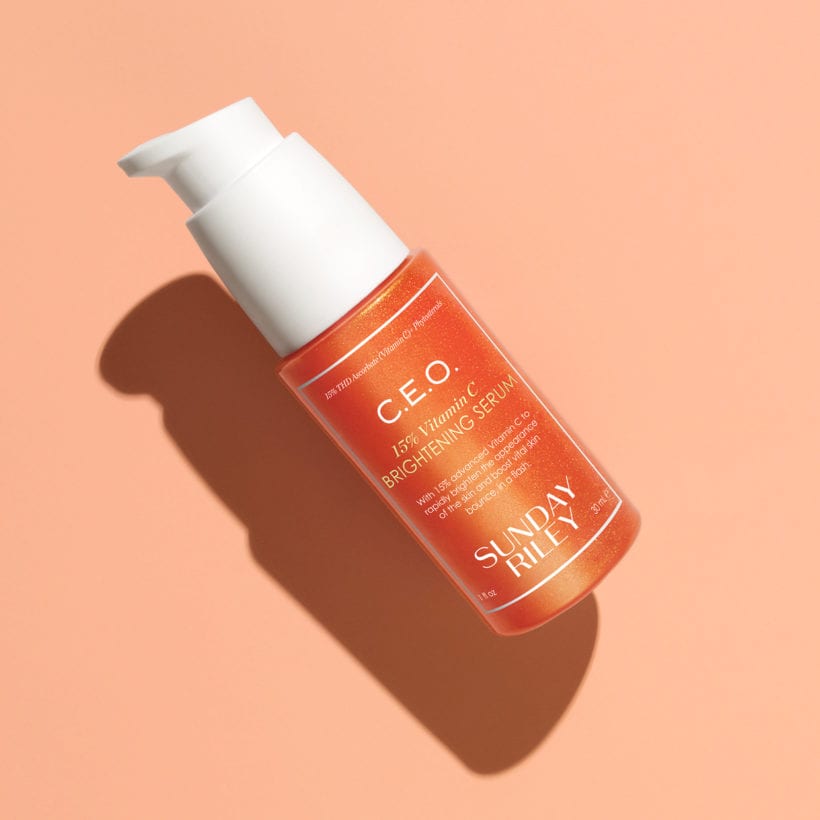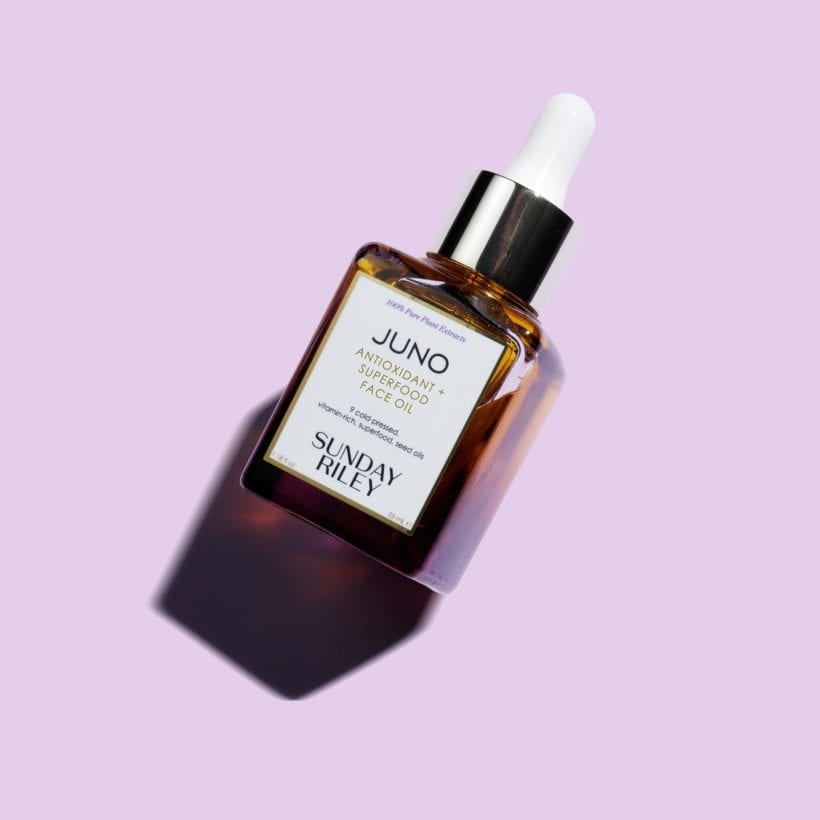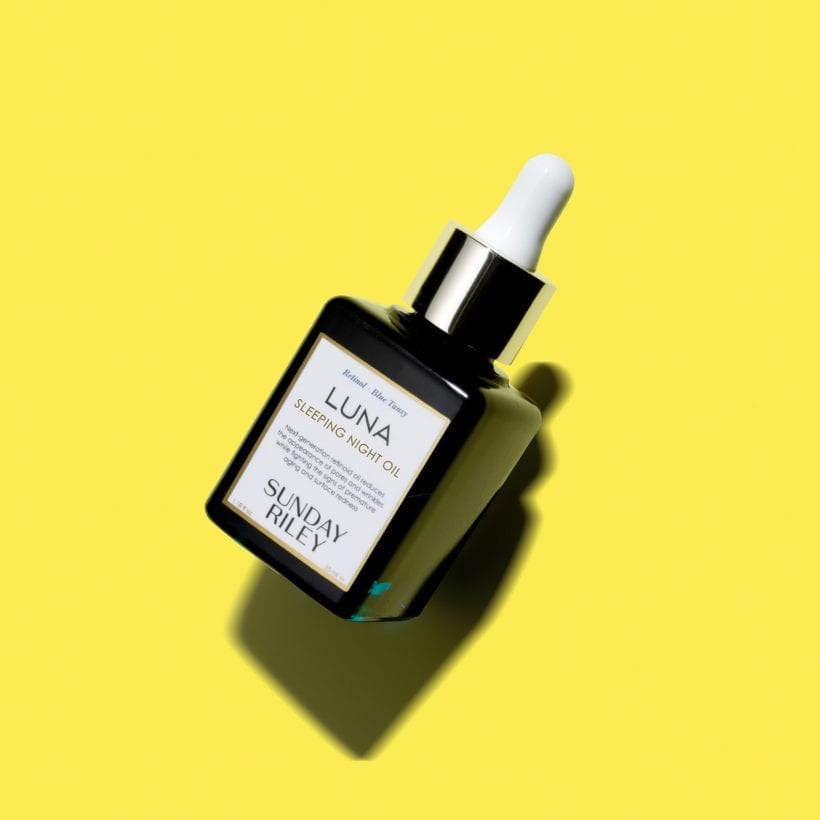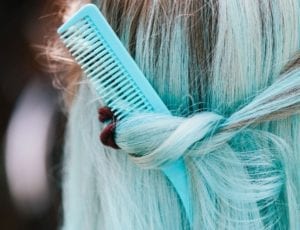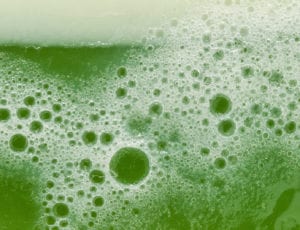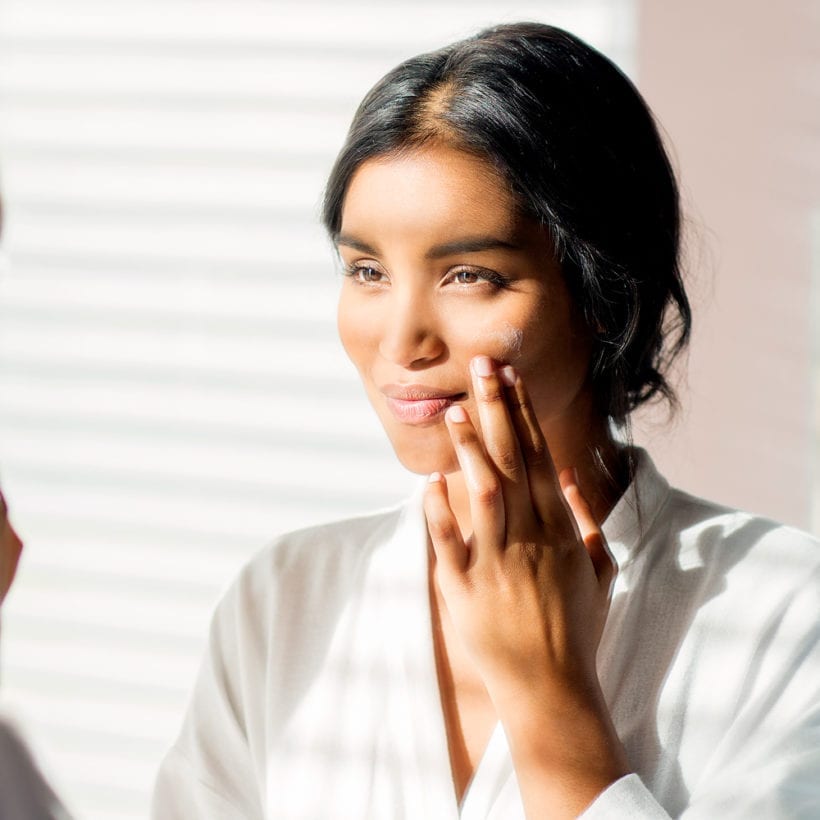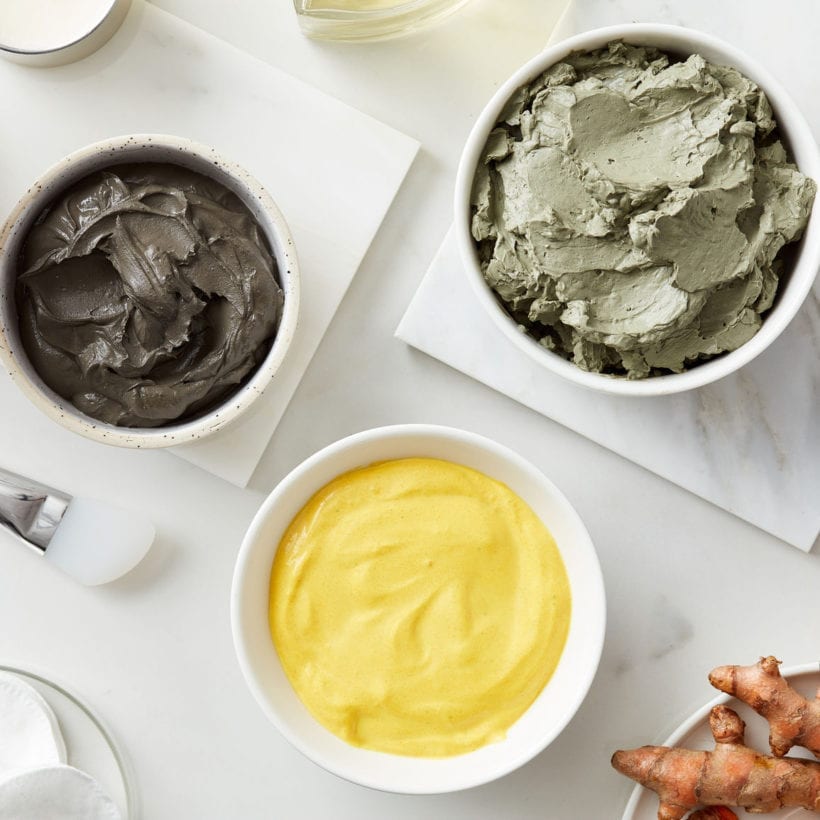When it comes to your skin, dermatologists say it pays to know your “type.”
Think about it this way: While our skin is constantly evolving (it may feel oily in the summer or dry in the winter, for example), noticing general patterns can help you identify different health concerns and make it easier to pick out the products that will work best.
Here is how to identify your skin type, some reasons why you have it, and the best products for you. Do not be afraid to customize your skincare routine if you fit in multiple “types.”
Meet the Experts
Sunday Riley , CEO, founder and product formulator
Robin Evans, M.D. , a Connecticut-based board-certified dermatologist
Joshua Zeichner , M.D., director of cosmetic and clinical research in dermatology at Mount Sinai Hospital in New York City
Estee Williams , M.D., a board-certified dermatologist in New York
Anna Guanche , M.D., a Los Angeles-based board-certified dermatologist
Finding Your Skin Type
The five most common skin types include normal, dry, oily, sensitive and combination. Your skin may fit into one of these categories or be a combination of one or more, explains Robin Evans, M.D., a Connecticut-based board-certified dermatologist.
Normal
Normal skin won’t feel tight or oily and it will have few imperfections.

Normal skin is the term used to describe a well-balanced complexion. Those with this skin type don’t have to deal with excessive dryness or oiliness. Additionally, acne, uneven tone, and large pores are nonissues. Also referred to as “eudermic”, this type of skin indicates good blood circulation and stable sebum production.
Normal skin is characterized by:
- Limited sensitivity
- Few blemishes or imperfections
- Small pores
- Radiance and good circulation
Advice: Those with normal skin have more flexibility in their routine, however, they should seek to maintain a consistent and moisturizing regimen.
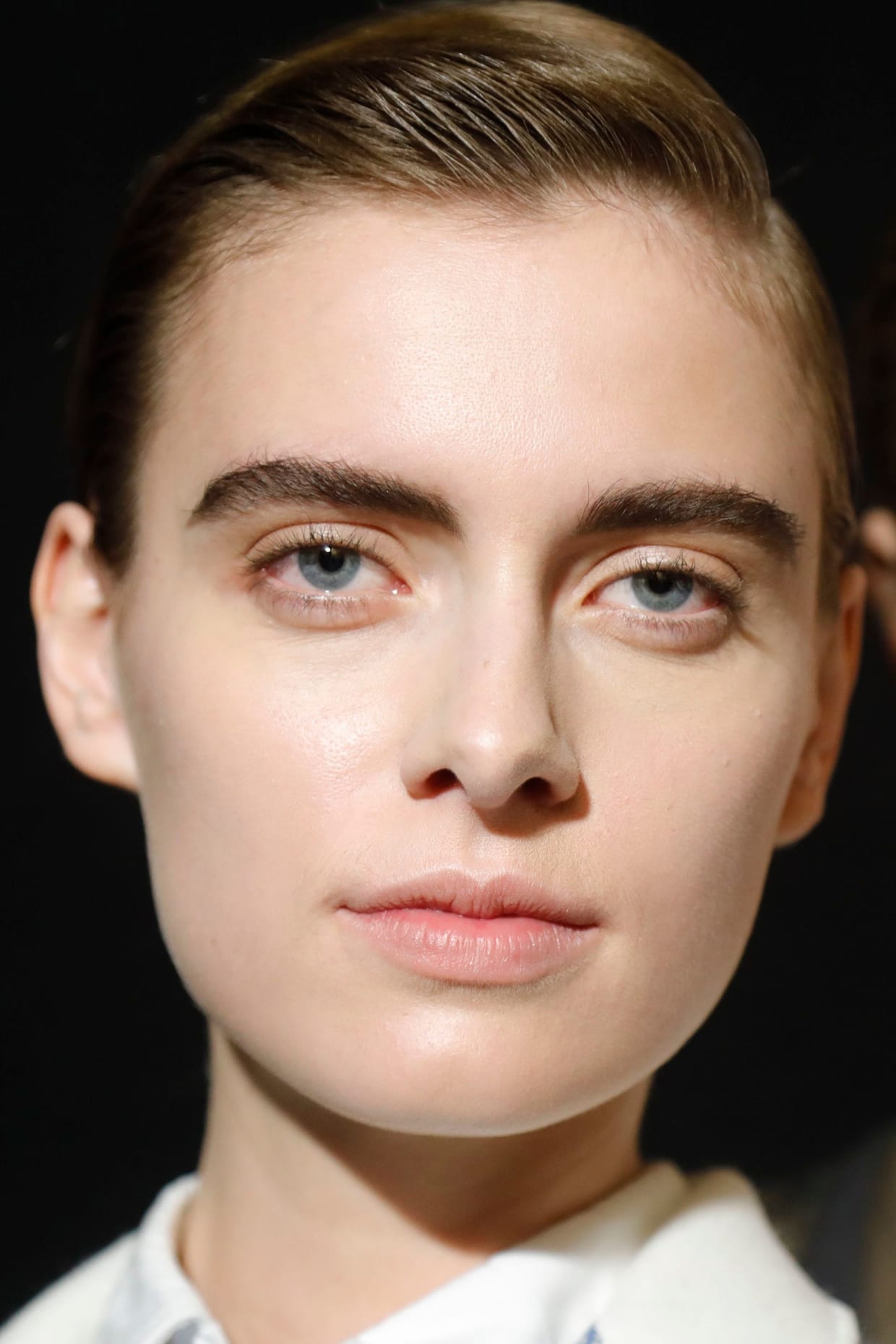
Dry
Tends to be flaky and prone to peeling.
Dry skin symptoms include flaking, peeling and/or itchy skin. ‘I have chronically dry skin. Dry skin is skin that cannot maintain adequate hydration, you are producing less sebum which means that you typically have a compromised moisture barrier. It’s like your raincoats are not effective. Water is leaving the skin; it’s called transepidermal water loss. And then because that raincoat is ineffective and water leaves the skin, things can actually come into your skin as well, which makes dry skin with that compromised moisture barrier really, really vulnerable to pollution and outdoor contaminants and irritants, which is why a lot of people with dry skin also have sensitivity reactivity. The dry skin, in general, may feel tight or itchy, get red, and commonly look flaky or dull. The skin is affected by the environment so that it may be dry during colder weather, but not dry [during] warmer months.”
Your skin can feel dry or dehydrated if you sit in the air conditioning all day, even if it is warm outside. And hard water (or hot showers) can also remove water from the skin’s barrier. “When the water evaporates, the skin is left feeling dry and often tight. As you age, your skin tends to get drier, too, so mature skin tends to be dry (due to a slower cell turnover),” says Robin Evans, M.D., a Connecticut-based board-certified dermatologist.
The trademarks of dry skin are:
- Tightness
- Rough texture
- Dullness and uneven tone
- Flaking and itching
- Redness and irritation
- Small pores
- Fine lines and wrinkles
Advice: ‘First of all, we’re going to make sure that we remove the dull, dead surface of the skin by exfoliating with Good Genes. I do this at least once a day. I typically do it in the morning, and you can see that glow immediately. It was made even for the most sensitive skin. I don’t like a scrub exfoliant for the face for a lot of reasons. One of them is that it can be very irritating. Use them on your body. Let’s treat your face like the king or queen that it is. We’re not going to irritate that skin, particularly your dry skin, and an acid exfoliator is going to more evenly remove that skin as well,” says Riley. Use moisturizing, hydrating and richer emollient-type products like ICE Moisturizing cream for this skin type. ‘We’re going to make sure we’re putting ceramides back into the skin. As we all get older, we have less and less ceramides. When I say older, some people are like, when I’m 100, I will have less. Actually, when you’re 20, you’re going to have less. When you’re 30, you’re going to have significantly less. Adding ceramides back to your skin is going to help to reinforce that moisture barrier that dry skin doesn’t have.’
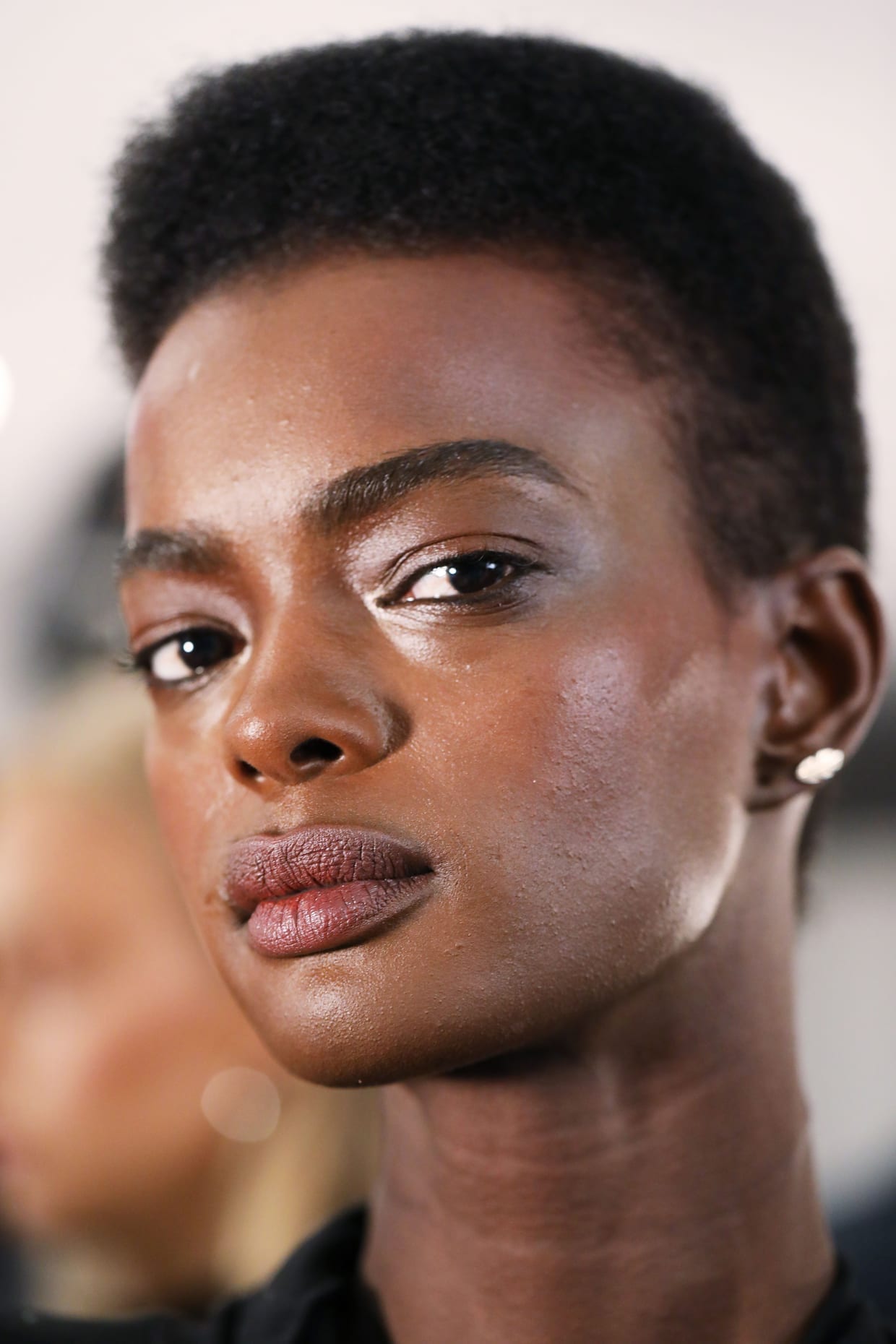
Oily
Look out for large and/or clogged pores and breakthrough mid-day shine.
Sebaceous glands are our skin’s natural source of oil — or sebum. Sebum helps lubricate the skin. Because of genetics, some people naturally make higher levels of oil than other people. If you have more active oil glands, then you may feel your skin is oily. Oily skin tends to look shiny or greasy, even after cleansing.
You may also have large pores or breakouts as a result of excess oil. And while genetics plays a role, your skin may also be oily due to climate (especially warm weather) or the products you are using. The common characteristics of oily skin are:
- Large pores
- Acne
- Shiny appearance
- Greasy feeling
Advice: Look for non-comedogenic products. Just because you’re oily doesn’t mean your goal should be to eliminate oil from your routine. Often, oily-prone individuals over-exfoliate or strip their skin of their natural oils, causing our sebaceous glands to pump up the oil production to compensate for the dryness. So, for the skin to find the moisture that it craves, facial oil can help find balance in your sebum levels so that you won’t break out as often. Also, choose treatment oils that contain ingredients that are antibacterial, anti-inflammatory or antioxidants.
‘‘People with acne-prone skin always come to me using 20 products, so we need to fix that first. I’d suggest just switching to a gentle cleanser like Ceramic Slip and using nothing else for just three days, then beginning to layer on something like Good Genes Lactic Acid Treatment. You can use it in the morning with a C.E.O. Vitamin C Brightening serum and in the evening with an A+ High-Dose retinoid serum. And, of course, try our oils’.
‘The right formula for an oil shouldn’t make your skin oily. Our oils are not just oils. Our oils are your serum and your oil in one. I love that two-for-one. Our active, dry-touch oils sink in and leave the skin fresh and dewy-looking. Massaging your skin will also increase blood circulation, which will help the products to absorb and sink in deeper,’ says Sunday Riley. ‘I love niacinamide products. I often mention my children, particularly my eldest daughter, India, who struggles with severe acne. I remember her reluctance to show her face in photos at a school dance, which truly broke my heart. I consulted a close friend who is a dermatologist, and we tried various treatments, but nothing seemed to help. Eventually, I started from scratch and developed a skincare product specifically for her — B3Nice 10% Niacinamide serum. It worked wonderfully. That success made me realize we had a potentially effective product on our hands.’
- In 2 weeks: 100% showed reduction in the appearance of post-acne dark spots and improvement in oiliness.
- In 8 weeks: 100% saw reduction in the appearance of pore size.
Results obtained through third party expert grading and consumer study
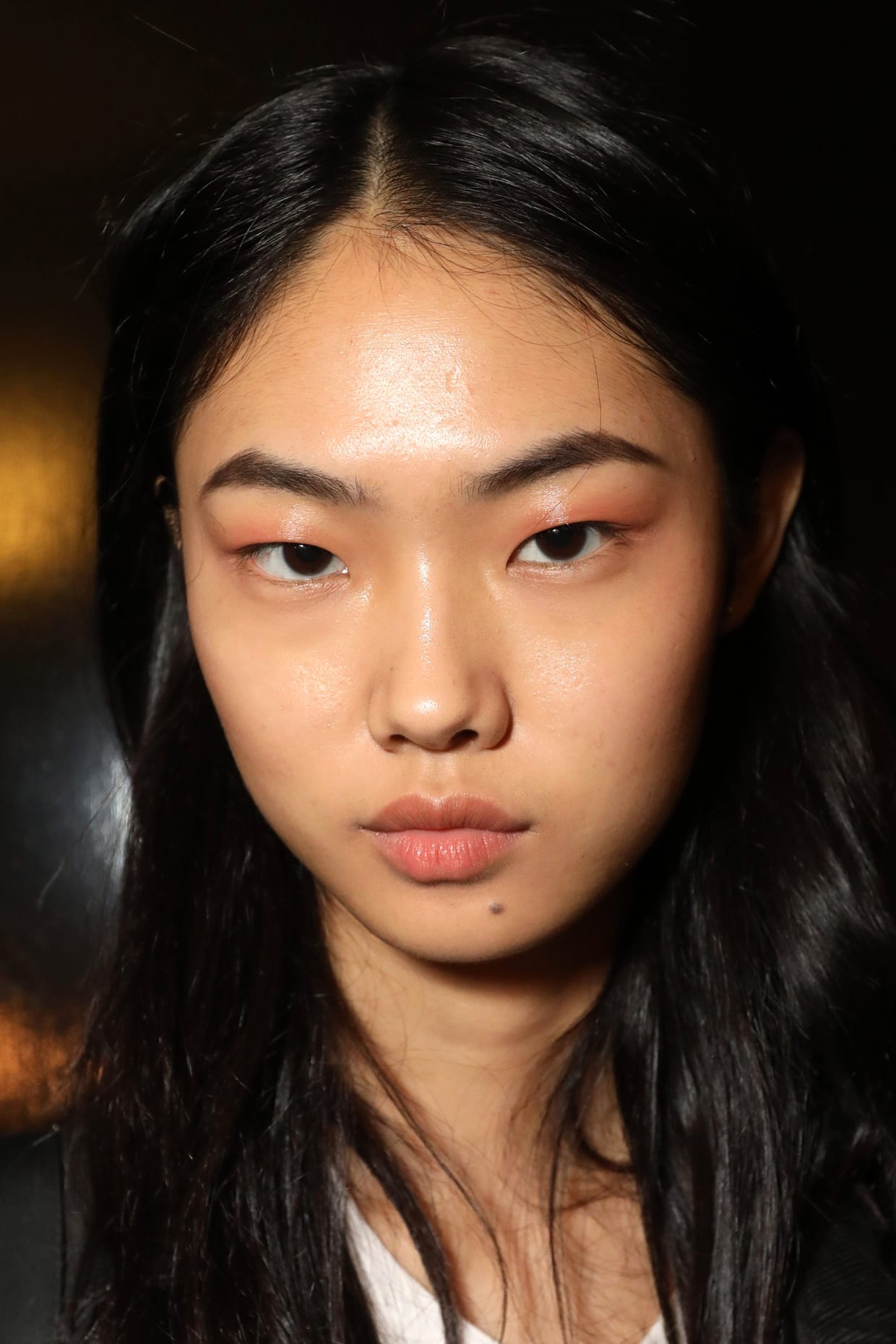
Combination
Usually has an oily T-zone but may feel dry around the cheeks
Combination is the most common skin type, but it can look different for everyone. In general, Anna Guanche, M.D., a Los Angeles-based board-certified dermatologist, says that if you notice that the pores are largest and are concentrated on the mid-face and the T-zone, then you may have combination skin — especially if you have dry or normal cheeks. You may notice breakouts, too. The tell-tale signs of combination skin are as follows:
- Oiliness and large pores in the T-zone
- Acne in the same area
- Dry or normal cheeks
Advice: For these types of skin, use a combination of products for dry and oily skin or a blend of both. Opt for toners throughout the mid-face and extra moisturizer, if needed, on the cheeks.

Sensitive
Tends to get dry, red or irritated easily
‘Sensitive skin is different from reactive skin, though, which is more vulnerable to external or internal changes. For example, when you use a new product, you may instantly notice irritation or tingling. These symptoms may go away after you no longer use the irritant if your skin is reactive, but with sensitivity, your symptoms are likely ongoing,’ explains Riley. Sensitive skin is genetic. Some common characteristics include thinner, more delicate skin and blood vessels that are close to the surface, which means you may get red more often. “Sensitive skin can have a rosacea quality to it where you’ll blush and flush easily, especially with exposure to heat, cold, alcohol, spicy foods and other triggers,” Evans says. (Couperose skin, on the other hand, may stay visibly red for days or even months at a time. See your doctor for treatment.)
The symptoms of sensitive skin include the following:
- Redness and irritation
- Uneven texture
- Itchiness
Advice: You may use products made for dry or oily skin. Introduce acids and retinol into your routine slowly and gradually, building to longer/more frequent use. ‘Retinol is part of a category of ingredients called retinoids. For retinoid to work, it has to get into your skin and actually interact with the retinoid receptors in your skin, which then has this transformative effect. It has to actually transform into the active form of retinoid through an enzymatic process. Many different forms of retinoid in that process lose their efficacy and potency when they go down to the skin. They’re not as great, and there can be a lot of irritation on that journey. My favorite is Hydroxypinacolone Retinoate, that is a mouthful, but basically, it’s trans-retinoic acid ester. You can find it in A+ High-Dose Retinoid Serum. I call it the sister of Retinol. It has all the superpower of retinol and significantly less downtime. It makes it amazing for sensitive skin,’ explains Riley.
‘Good Genes is a gentle lactic acid serum. So it’s something that if you’ve never used it before you can absolutely just start, fresh and use it every single day. I’d say just use about one pump, and then you can build it up. There’s no wrong way to do it. So I always have two little tricks that you could do. One is that you could start, and you could say, like, I’m going to do Monday, Wednesday, or Friday. And the other one is that you could just put a pump of it into your moisturizer and help build up the tolerance for that. And again, we’re seeing this transformation in the skin with these products evening out of tone. The skin just looks more alive and fresher. I use Good Genes once a day. You can actually use it twice a day. We certainly have people who do use it twice a day. If you use it twice daily, I would just use one pearl-size amount.’
We only recommend products we have independently researched, tested, and loved. If you purchase a product found through our links, Sunday Edit may earn an affiliate commission.
